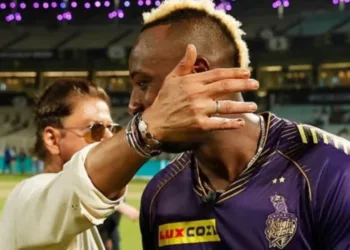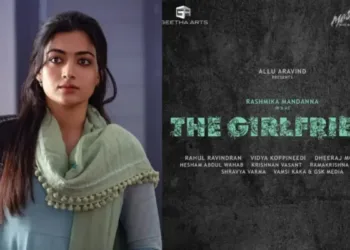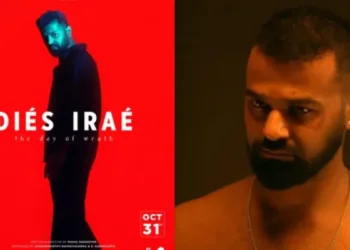Reliance Industries Ltd, led by Mukesh Ambani, and entertainment giant Disney Star have taken a significant stride towards their anticipated mega-merger by signing a non-binding agreement in London. This move, reported by The Economic Times, is a substantial development in their bid to dominate India’s entertainment landscape. Following the signing of the term sheet last week, the two conglomerates aim to finalize the colossal entertainment and media merger in February 2024, shaping the future of viewing and streaming experiences in the country.
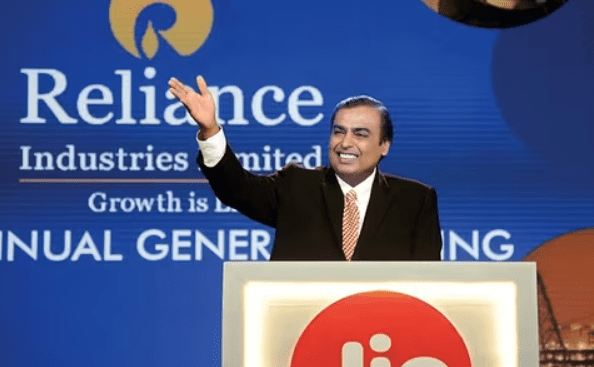
All About Reliance and Disney Deal
The impending mega-merger, favoring Mukesh Ambani’s Reliance, is set to conclude all commercial ratifications and regulatory approvals by February, although there is a reported push by Ambani’s company to expedite the process by January, according to insider sources.
Negotiations between the two entities have spanned several months, culminating in the signing of a non-binding agreement in London, attended by Kevin Mayer, a former Disney executive, and Manoj Modi, a close associate of Mukesh Ambani.
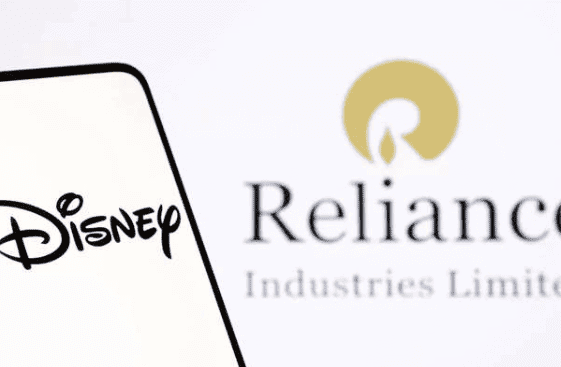
As the Reliance-Disney Star deal progresses, the $10 billion merger between Zee Entertainment Enterprises and Sony Group Corp.’s local unit remains uncertain. Despite being announced two years ago, the potential deal is yet to be finalized, with ZEEL and Sony Group requesting an additional month to reach a decision, expected to be sealed by January 2024.
In the proposed mega-merger, Reliance-owned Viacom18 will establish a subsidiary absorbing a significant portion of Star India’s stock, resulting in a 51-49 percent share split between the two companies. Jio Cinema will also be integrated into the deal, with Reliance expected to maintain a major stake in the merged entity, potentially paying in cash for controlling stock. The merger is poised to benefit Disney’s OTT app, Disney+ Hotstar, which is currently facing substantial losses.
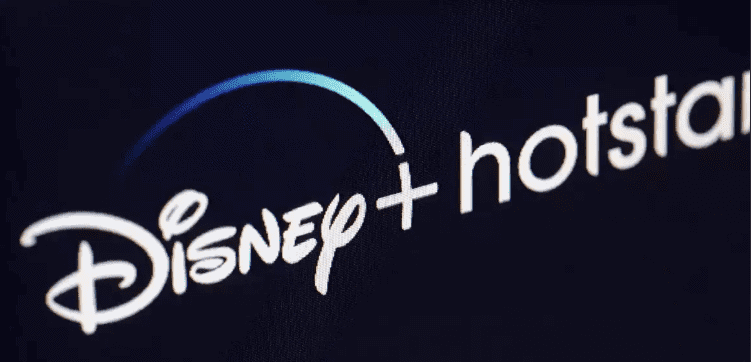
Regulatory scrutiny is anticipated, particularly concerning the streaming businesses of Disney and Reliance, as well as their influence on advertising during the cricket season, potentially reshaping the viewing experience of the sport in India.



